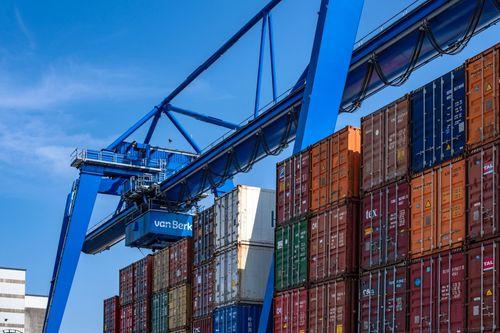In the world of international commodity trading, clarity and precision in terms of shipping and delivery arrangements are crucial. The International Chamber of Commerce (ICC) recognised this need and introduced a standardised set of rules called Incoterms, which provide a common language for buyers and sellers involved in international trade. One of the most widely used Incoterms is "FOB," which stands for "Free On Board." In this article, we will delve into the details of FOB Incoterms, explore its uses, compare it with other popular terms like CIF, and answer three frequently asked questions to enhance your understanding.
What is FOB Incoterms?
FOB (Free On Board) is an international trade term used to define the responsibilities and costs associated with the delivery of goods from a seller to a buyer. When using FOB, the seller is responsible for the goods until they are loaded onto the designated mode of transportation at the specified location (usually a port). Once the goods are on board, the risk and responsibility shift from the seller to the buyer. FOB is commonly used when goods are transported by sea or waterway, but it can also be used for shipments via other modes of transportation, such as road or rail.
Uses of FOB Incoterms
Clarity in Cost Allocation
FOB terms make it clear who bears the costs of transportation, insurance, and any potential damage or loss during transit. This transparency is vital for efficient risk management and cost control.
Flexibility in Shipment Arrangements
FOB allows both the buyer and the seller to have control over the shipment process. The buyer can choose the shipping company and arrange for the cargo's insurance, while the seller is responsible for getting the goods to the port of departure.
Global Trade Standard
FOB is widely accepted and recognised across the globe, making it a convenient choice for international trade transactions. This uniformity helps streamline international commerce and minimises misunderstandings.
FOB vs. CIF
While FOB and CIF (Cost, Insurance, and Freight) both serve as commonly used Incoterms in international trade, they have distinct differences:
FOB (Free On Board):
Under FOB, the seller is responsible for the goods until they are loaded on the designated mode of transport.
The buyer is responsible for the transportation, insurance, and other costs from the port of departure to the final destination.
FOB provides the buyer with more control over the shipping process.
CIF (Cost, Insurance, and Freight)
CIF places more responsibility on the seller, who must arrange and pay for transportation and insurance until the goods reach the destination port.
The buyer has less control over the shipment process, as the seller is responsible for insurance arrangements.
CIF can be a more expensive option due to the additional insurance cost.
The choice between FOB and CIF often depends on the specific needs of the buyer and seller, the nature of the goods being traded, and the logistics of the shipment.

